IDF 2008: Intel claims new chip design saves power
At IDF Intel pushes its new chip design - the Core i7 based on the 'Nehalem' - as it looks forward to new technologies.
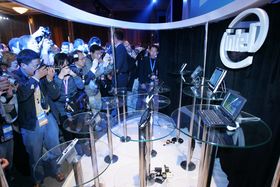
Intel's latest chip design will conserve more power than its current processors, as the chipmaker seeks to push its technology beyond just personal computers.
Intel's Core i7 chip, based on a design code-named Nehalem, will start production in the fourth quarter of this year, and ultimately will be used beyond just desktop machines and computer servers that are the backbone of corporate networks.
Pat Gelsinger, head of Intel's digital enterprise group, demonstrated computers running core i7, at IDF. He and Dadi Perlmutter, who heads Intel's mobility group, both said Intel is counting on the proliferation of mobile devices - such as handheld computers, super-slim laptops and smart phones - that are connected to the Internet to help boost profits.
Perlmutter cited a goal of one billion mobile devices using basic Intel chip designs - called Intel Architecture - being sold in the next 10 years. Because of Intel's recently launched, tiny, power-sipping Atom chip, battery life in Internet-connected devices will rise, they said.
Intel also recently started selling its Centrino 2 collection of chips used in notebook PCs that it says promise longer battery life. But new high-speed wireless connection technologies such as WiMax could hamper battery life.
"As much as we get more efficient in how we use the battery we're always finding more ways to leech off the battery," said Matt Eastwood, an analyst at market researcher IDC. "A lot of these technologies that will be living on the periphery like WiMax are going to be pretty battery hungry."
Nehalem's design will allow for microprocessors that can boost the speed of individual cores of a chip - or electronic brains - in response to the workload demand by diverting power from other parts of the chip that aren't being used.
Get the ITPro daily newsletter
Sign up today and you will receive a free copy of our Future Focus 2025 report - the leading guidance on AI, cybersecurity and other IT challenges as per 700+ senior executives
Intel also said that the Nehalem design boosts the speed at which data can be shunted from memory in the computer to the microprocessor. It achieved that by putting the memory-controller function into the microprocessor, rather than having the memory and the processor on two different chips. By doing so, Intel matched a capability that rival AMD has used since 2003.
All of Intel's processors will be based on the Nehalem microarchitecture starting in 2009, Intel has said.
Those and other design features allow for far faster processing of video editing and other visually intensive tasks on personal computers, as high-definition video and video games ever richer in graphics become more popular, Intel said.
"Their overall story about the increasing graphics intensity running on our desktops I think that's absolutely true," Eastwood said. "The vision they have there in terms of how they think that will all converge is credible to me."
In an interview last week with Reuters, Intel Chief Financial Officer Stacy Smith said that the company's Atom processors are off to a "very, very rapid start, far exceeding our expectations when we started the year."
Atom is designed to go into low-cost gadgets that Intel calls Mobile Internet Devices (MID) and Netbook computers as well as other less expensive technology gizmos that consumers may find appealing as they tighten their wallets amid a weak economy.
But the market for MIDs is still young.
"In established markets (like Europe and the United States) where we have established ways of using computers, I'm not convinced something like the MID device will really take off," Eastwood said.
Intel last month posted a 25 percent rise in quarterly profit, helped by strong sales of chips used in notebook computers, and gave a forecast that topped expectations at the time. It continues to do well despite a weak global economy, aided by market share gains against AMD.
ITPro is a global business technology website providing the latest news, analysis, and business insight for IT decision-makers. Whether it's cyber security, cloud computing, IT infrastructure, or business strategy, we aim to equip leaders with the data they need to make informed IT investments.
For regular updates delivered to your inbox and social feeds, be sure to sign up to our daily newsletter and follow on us LinkedIn and Twitter.
-
 CyberOne appoints Microsoft’s Tracey Pretorius to its advisory board
CyberOne appoints Microsoft’s Tracey Pretorius to its advisory boardNews The threat intelligence leader will provide strategic guidance to CyberOne’s executive team
By Daniel Todd
-
 CISA issues warning in wake of Oracle cloud credentials leak
CISA issues warning in wake of Oracle cloud credentials leakNews The security agency has published guidance for enterprises at risk
By Ross Kelly
-
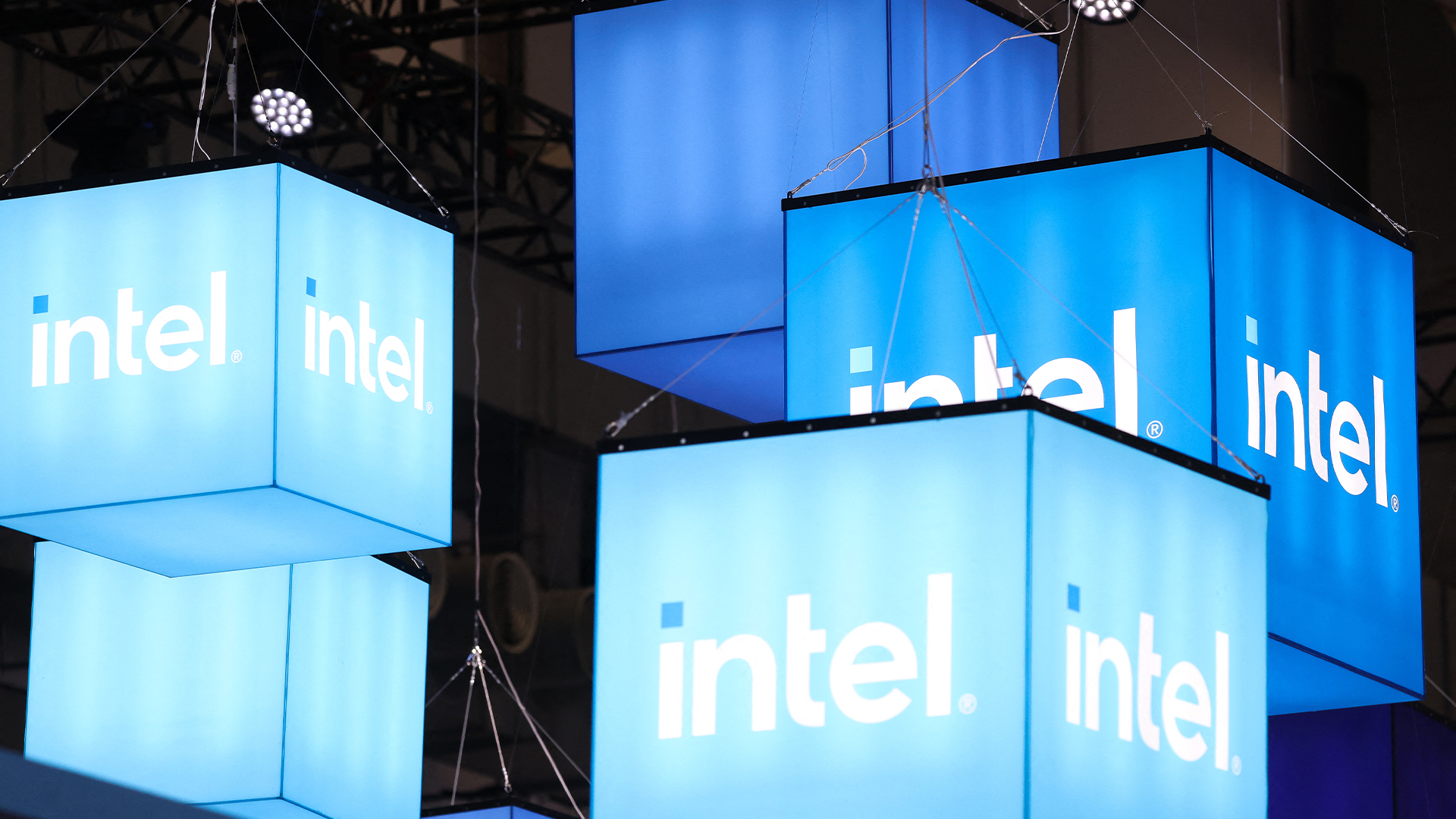 The gloves are off at Intel as new CEO plots major strategy shift
The gloves are off at Intel as new CEO plots major strategy shiftNews Intel’s incoming CEO has some big plans for the firm’s business strategy, sources familiar with the matter have told Reuters, with more job cuts looming on the horizon.
By George Fitzmaurice
-
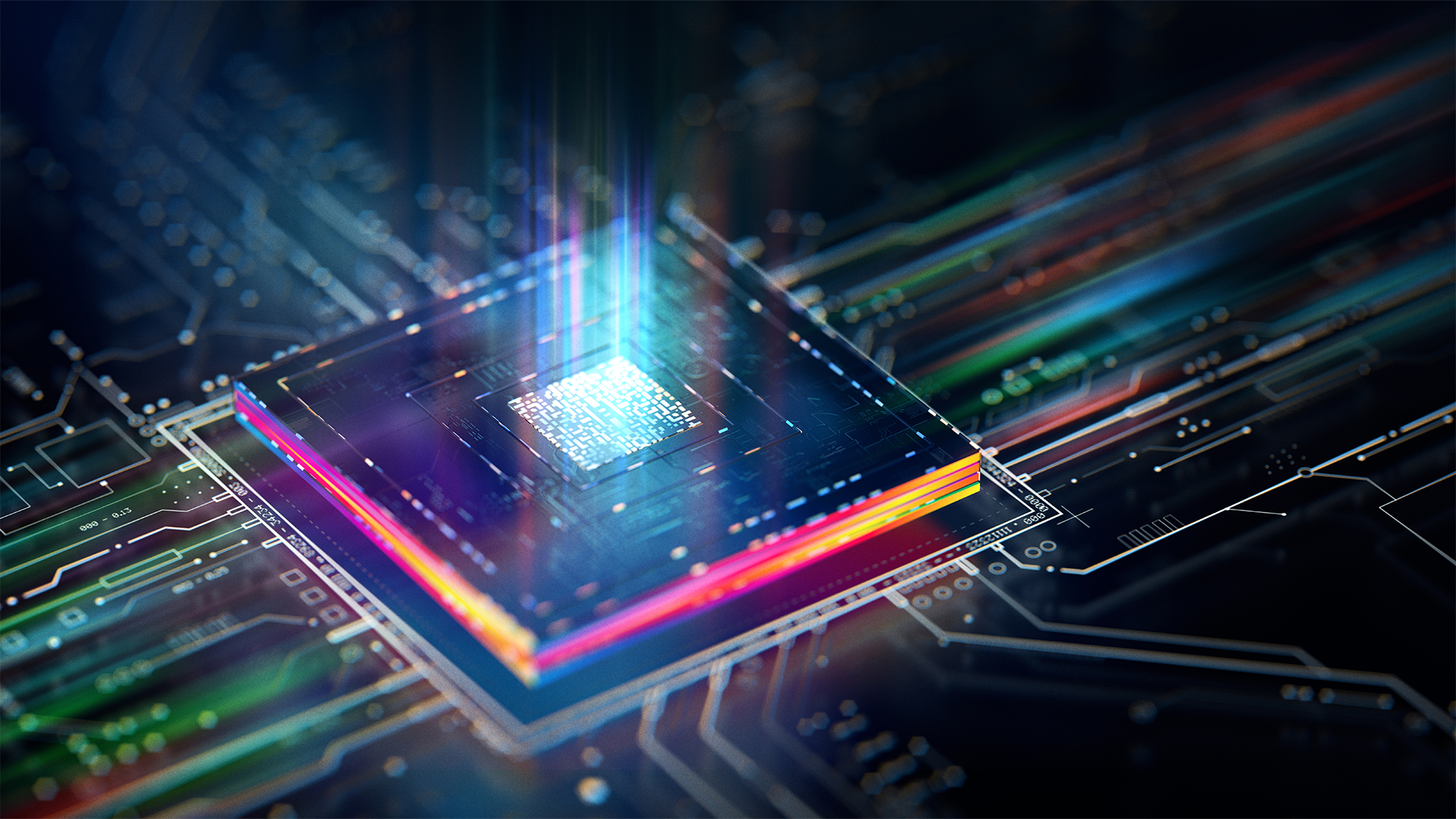 Why the CPU you chose is the key to Windows 11
Why the CPU you chose is the key to Windows 11The end of Windows 10 is on the horizon – it’s time to upgrade to an fTPM-protected processor
By Bobby Hellard
-
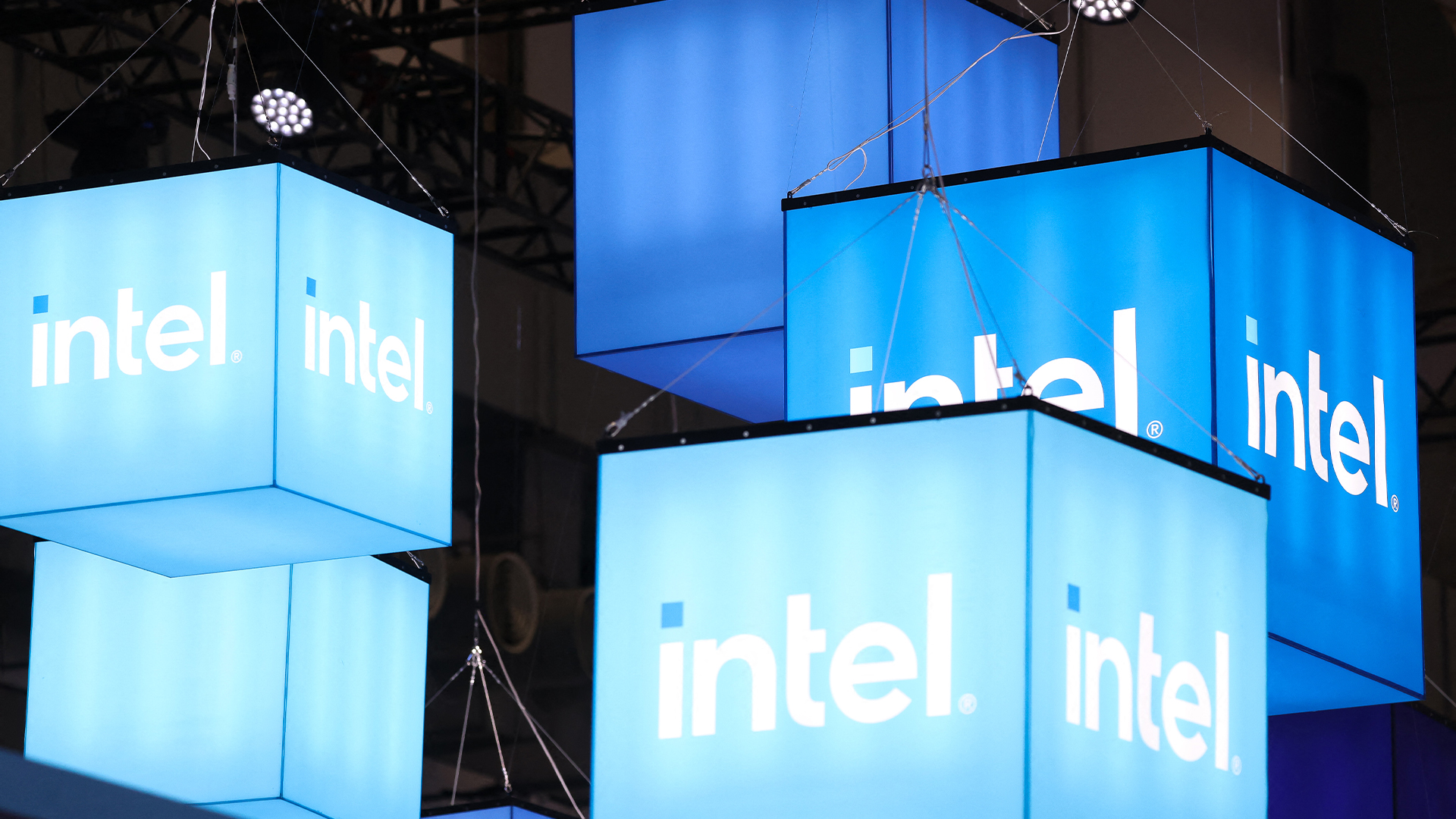 Intel just won a 15-year legal battle against EU
Intel just won a 15-year legal battle against EUNews Ruled to have engaged in anti-competitive practices back in 2009, Intel has finally succeeded in overturning a record fine
By Emma Woollacott
-
 AMD and Intel’s new x86 advisory group looks to tackle Arm, but will it succeed?
AMD and Intel’s new x86 advisory group looks to tackle Arm, but will it succeed?News The pair will look to make x86 CPU architecture more interoperable
By George Fitzmaurice
-
 AMD’s patient roadmap has become a highway to success
AMD’s patient roadmap has become a highway to successAnalysis While everyone was focused on Nvidia’s meteoric rise, AMD was preparing the hardware needed to take the fight to its long-time competitor
By Ross Kelly
-
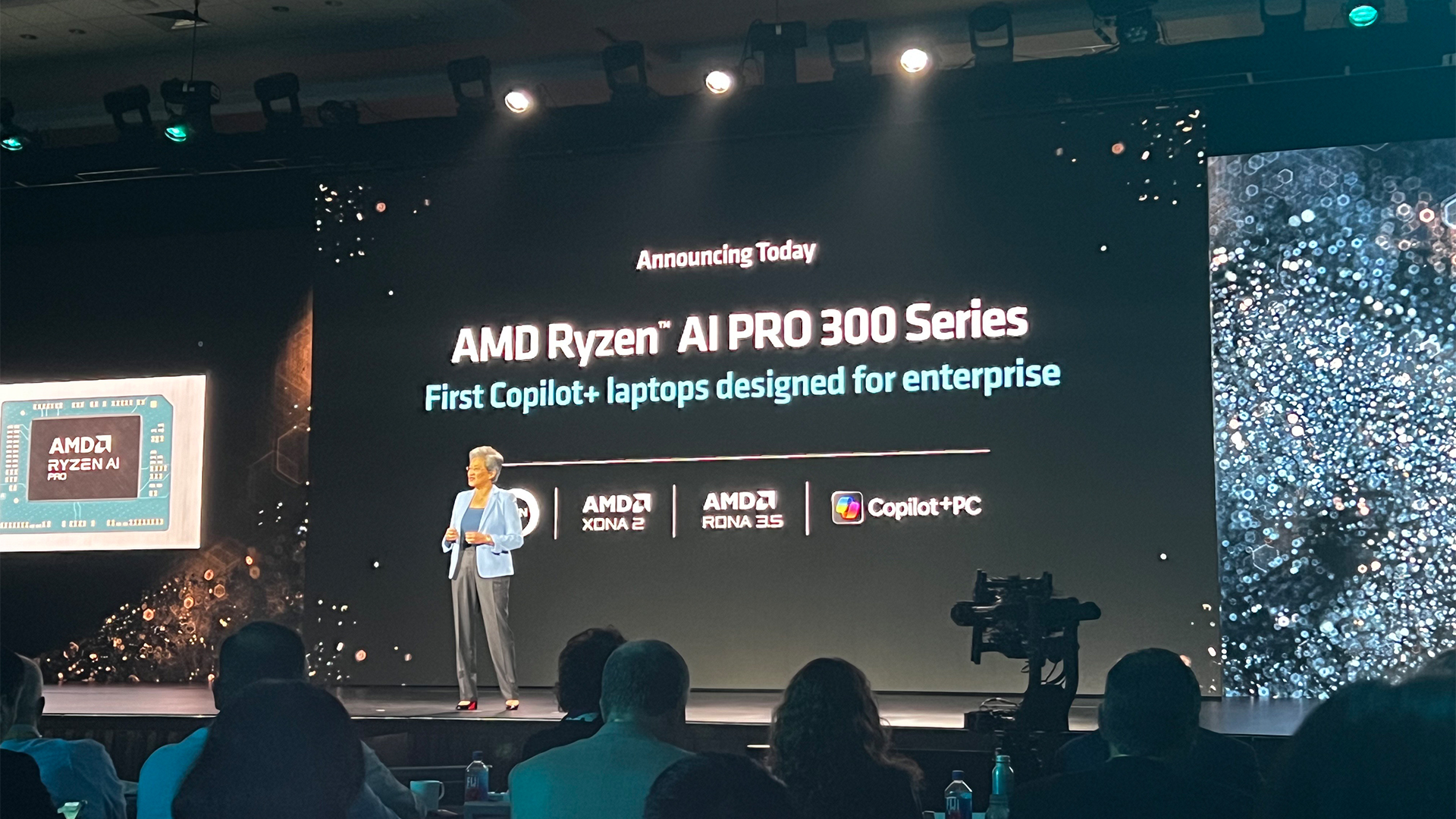 AMD just made a big statement in the AI PC race with its Ryzen AI Pro 300 series processors
AMD just made a big statement in the AI PC race with its Ryzen AI Pro 300 series processorsNews With all eyes focused on the AI PC craze, AMD looks to one-up the competition
By Ross Kelly
-
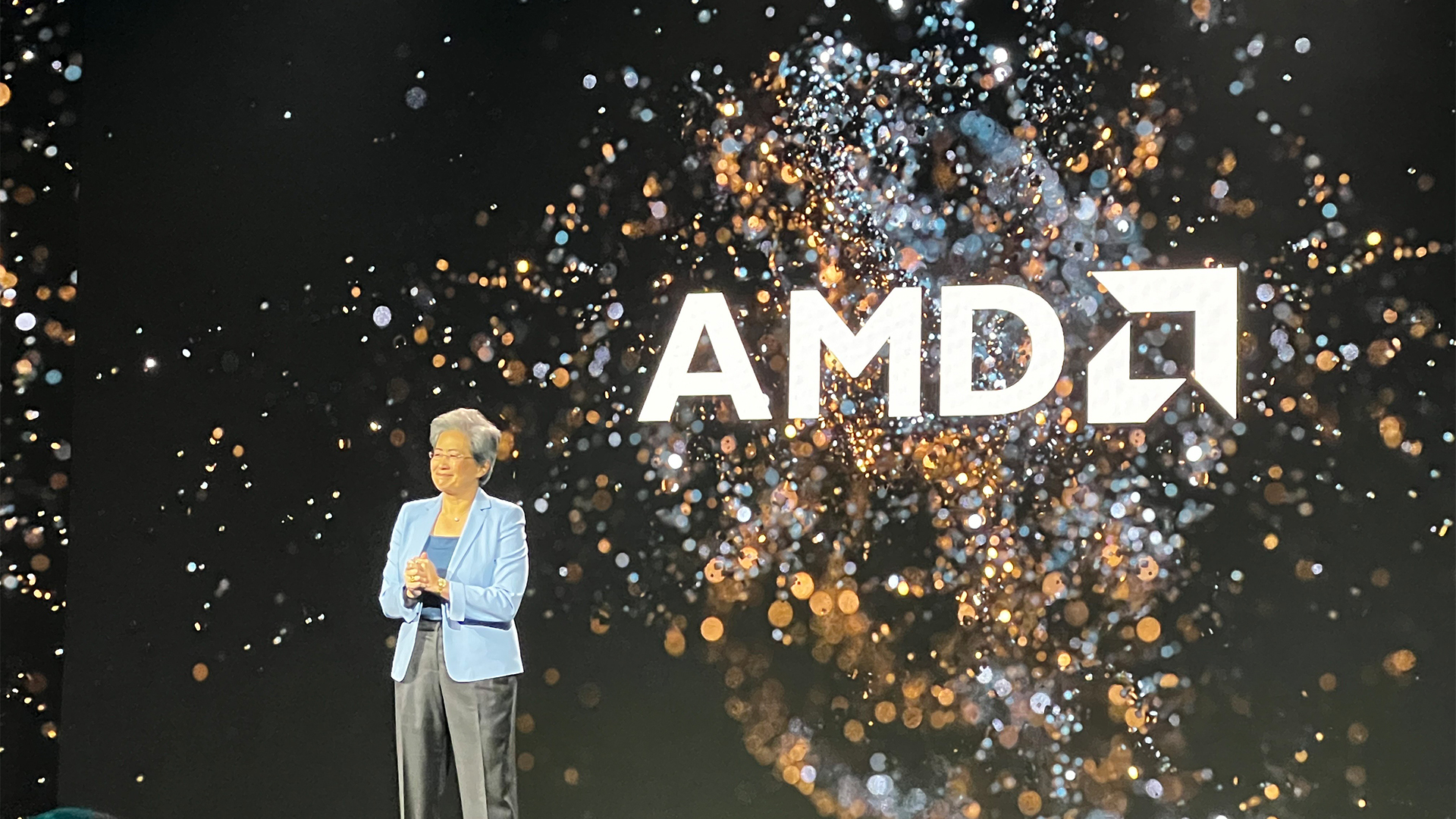 AMD’s new Instinct GPUs might just blow Nvidia out of the water
AMD’s new Instinct GPUs might just blow Nvidia out of the waterNews The chip maker unveiled its newest Instinct GPU series in San Francisco today – and it’s very bullish on performance in the race with Nvidia
By Ross Kelly
-
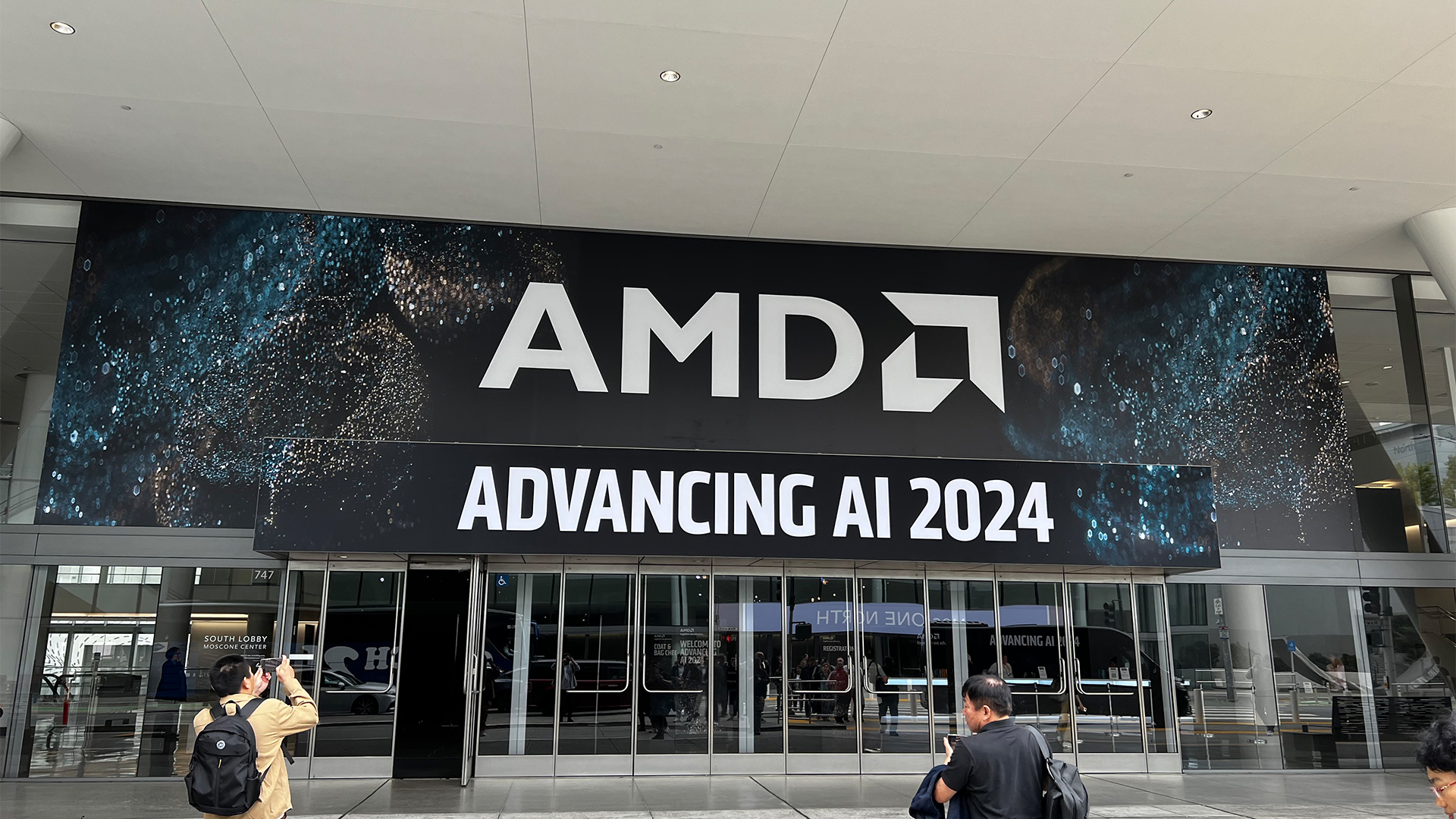 AMD Advancing AI live: All the news and updates as they happened
AMD Advancing AI live: All the news and updates as they happenedLive Blog ITPro has been live on the ground at the AMD Advancing AI conference in San Francisco this week – here's everything we learned in the big keynote with CEO Lisa Su
By Ross Kelly
